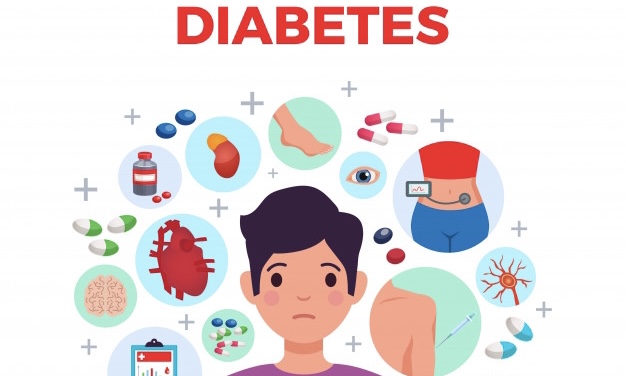
Diabetes in children, often referred to as juvenile diabetes, primarily involves Type 1 diabetes, though Type 2 diabetes is increasingly diagnosed in young people due to lifestyle changes.
Type 1 Diabetes in Children:
Type 1 diabetes is an autoimmune condition in which the body attacks the insulin-producing cells in the pancreas. It typically develops in childhood or adolescence and requires lifelong insulin therapy.
Symptoms to Watch For:
Frequent urination
Increased thirst and hunger
Sudden weight loss
Fatigue
Irritability or mood changes
Type 2 Diabetes in Children:
While historically seen in adults, Type 2 diabetes is now affecting more children due to rising obesity rates and sedentary lifestyles. It is characterized by insulin resistance and may not always require insulin therapy initially.
Diagnosis and Management:
Blood Tests: Including fasting glucose tests, HbA1c levels, or oral glucose tolerance tests.
Treatment Plan: A combination of insulin or oral medications, healthy eating, and regular exercise.
Challenges for Families:
Managing diabetes in children can be emotionally and logistically challenging. Parents must monitor blood sugar levels, ensure proper nutrition, and educate their children about their condition.
Support and Resources:
Families can benefit from diabetes education programs, support groups, and partnerships with healthcare providers to navigate the complexities of juvenile diabetes.
With the right care and support, children with diabetes can lead full and healthy lives, minimizing long-term complications.



